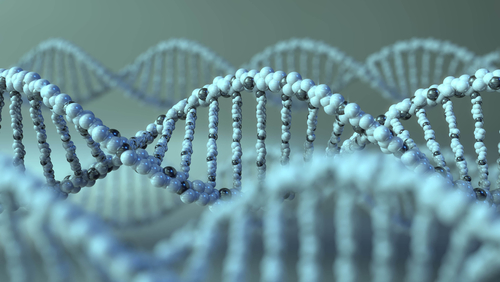Case Report Describes First Patient with Both Gaucher Disease, Severe Congenital Neutropenia

A new case report describes an infant who presented with two rare blood cell diseases simultaneously: Gaucher disease (GD) and severe congenital neutropenia (SCN). This is the first reported case of both diseases occurring in a patient at the same time.
The study, “Coexistence of Gaucher Disease and severe congenital neutropenia,” was published in Blood Cells, Molecules, and Diseases.
GD is caused by defects in the enzyme glucocerebrosidase (encoded by the gene GBA). These defects impair monocytes and macrophages, cells that circulate in the blood as part of the immune system and help fight infections.
SCN, also sometimes called Kostmann syndrome, can be caused by several reported mutations. The disease is characterized by impaired development of a different type of blood cell: the neutrophil, which is usually the body’s first line of defense against invaders.
Because both diseases affect the immune system, they can make patients more susceptible to infections, as was the case for the 4-month-old subject of the case report. The patient presented at a hospital with anemia and neutropenia (low neutrophil count); he had also had a history of recurrent, severe infections.
Because of these symptoms and the patient’s family history, GD was immediately suspected. Indeed, the patient’s glucocerebrosidase levels were low, and deeper molecular analysis of his GBA gene revealed that he was homozygous (had two copies, one each from the mother and father) for the L444P mutation, a known cause of GD, specifically GD Type 3.
The patient was started on enzyme replacement therapy, which improved his anemia, but did nothing to improve the neutropenia.
Because of this, and again taking into account the patient’s family history, doctors began to suspect a neutrophil-specific disorder in addition to GD. Analysis of the bone marrow — where blood cells such as neutrophils are made — supported the idea that neutrophil development was being specifically impaired, and genetic analysis revealed that the patient had a mutation in the HAX1 gene, a known causal gene for SCN.
The findings confirmed that in addition to GD, the patient also presented with SCN. “Our patient is the only report of the combination of Gaucher Disease and Kostmann Syndrome in the literature,” researchers noted.
The accurate diagnosis and subsequent therapies appear to be working; the patient is now 3 and is relatively healthy, showing no neurological symptoms and only one severe fever to date.



